Discover 9 hidden attractions, cool sights, and unusual things to do in Haywards Heath (United Kingdom). Don't miss out on these must-see attractions: Nymans, Wakehurst Place, and Ouse Valley Viaduct. Also, be sure to include Ashenground and Bolnore Woods in your itinerary.
Below, you can find the list of the most amazing places you should visit in Haywards Heath (England).
Table of Contents
Nymans
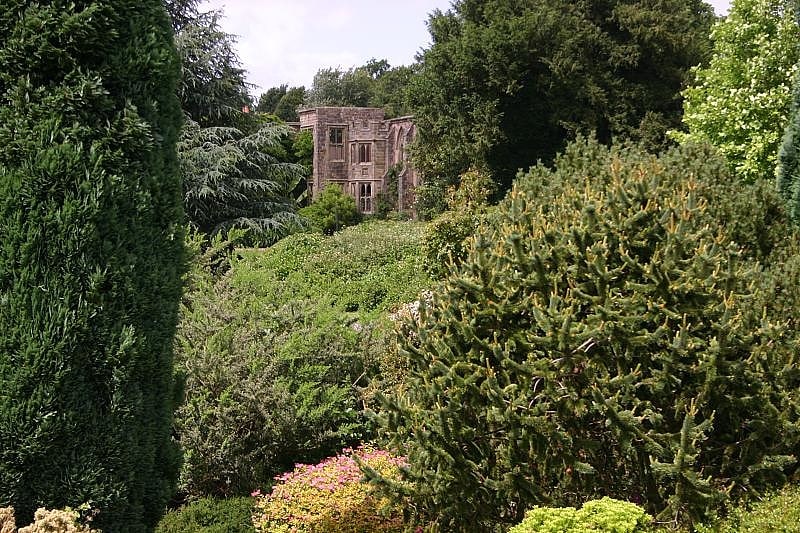
Garden in Handcross, England. Nymans is an English garden to the east of the village of Handcross, and in the civil parish of Slaugham in West Sussex, England. The garden was developed, starting in the late 19th century, by three generations of the Messel family, and was brought to renown by Leonard Messel.
In 1953 Nymans became a National Trust property. Nymans is the origin of many sports, selections and hybrids, both planned and serendipitous, some of which can be identified by the term nymansensis, "of Nymans". Eucryphia × nymansensis (E. cordifolia × E. glutinosa) is also known as E. "Nymansay". Magnolia × loebneri 'Leonard Messel', Camellia 'Maud Messel' and Forsythia suspensa 'Nymans', with its bronze young stems, are all familiar shrubs to gardeners.
During 2019, the gardens received 382,948 visitors.[1]
Address: Nymans Staplefield Road, Handcross, RH17 6EB Haywards Heath
Wakehurst Place
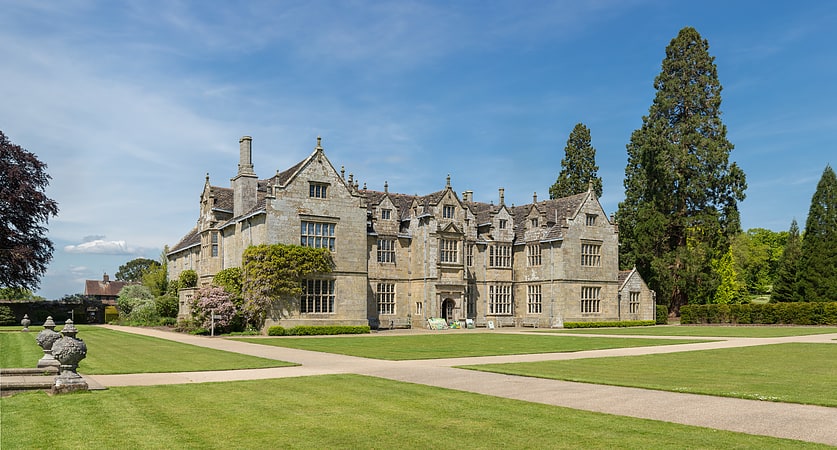
Botanical garden in England. Wakehurst, previously known as Wakehurst Place, is a house and botanic gardens in West Sussex, England, owned by the National Trust but used and managed by the Royal Botanic Gardens, Kew. It is near Ardingly, West Sussex in the High Weald, and comprises a late 16th-century mansion, a mainly 20th-century garden and, in a modern building, Kew's Millennium Seed Bank. Visitors are able to see the gardens, the Mansion, and also visit the seed bank. The garden today covers some 2 km2 and includes walled and water gardens, woodland and wetland conservation areas.
RBG Kew has leased the land from the National Trust since 1965 and much has been achieved in this time, from the Millennium Seed Bank project and the creation of the Loder Valley and Francis Rose Nature Reserves to the introduction of the visitor centre, the Seed café and Stables restaurant along with the development of the gardens.
Wakehurst is listed Grade I on the National Heritage List for England, and its gardens are listed Grade II* on the Register of Historic Parks and Gardens.
The stables are listed Grade II* and the South Lodge and gateway is listed Grade II.[2]
Ouse Valley Viaduct
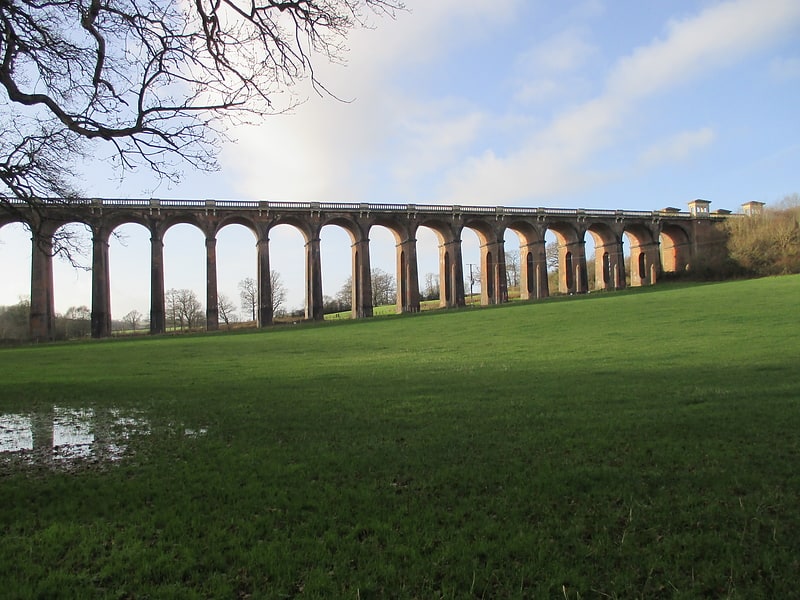
Viaduct in England. The Ouse Valley Viaduct carries the London-Brighton Railway Line over the River Ouse in Sussex. It is located to the north of Haywards Heath and to the south of Balcombe. Known for its ornate design, the structure has been described as "probably the most elegant viaduct in Britain."
Construction of the Ouse Valley Viaduct commenced by the London & Brighton Railway company during 1839. It was designed by the principal engineer for the line, John Urpeth Rastrick, in association with the architect of the London to Brighton railway, David Mocatta. The viaduct is 96 feet (29 m) high and is carried on 37 semi-circular arches, each of 30 feet (9.1 m), surmounted by balustrades, spanning a total length of 1,480 feet (450 m). Each pier contains a jack arch with a semi-circular soffit, which had the benefit of reducing the number of bricks required. The roughly 11 million bricks required for its construction were mostly shipped up the River Ouse (via Newhaven and Lewes) from the Netherlands. On 12 July 1841, the viaduct was officially opened to train services, although the structure was not fully completed until the following year.
Despite the structure's fine design, materials and architectural features, the viaduct has had an expensive and problematic history. The first major restoration work occurred during the 1890s, during which sections of the original brickwork were entirely replaced in the belief that this would increase the structure's strength. However, the viaduct suffered considerable decay during the majority of the twentieth century. By May 1983, the viaduct had been recognised as a Grade II* listed structure. Between March 1996 and September 1999, the viaduct was subject to an extensive restoration by national rail infrastructure owner Railtrack; this work was part-funded by the Railway Heritage Trust, English Heritage and West Sussex County Council.[3]
Address: Bordehill Lane, Haywards Heath
Ashenground and Bolnore Woods
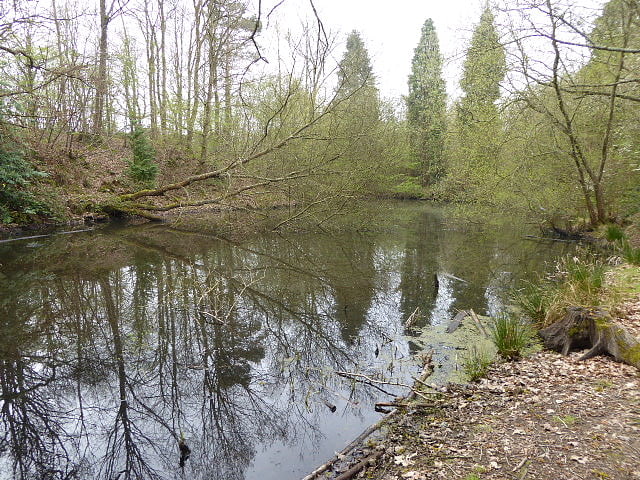
Nature reserve in Haywards Heath, England. Ashenground and Bolnore Woods is a 14.4-hectare Local Nature Reserve in Haywards Heath in West Sussex. It is owned and managed by Mid Sussex District Council.
These woods have oak, beech and field maple, together with old coppice hornbeam, ash and hazel. Fauna include bats, woodpeckers and owls.
Both woods are open to the public.[4]
Blunts Wood and Paiges Meadow
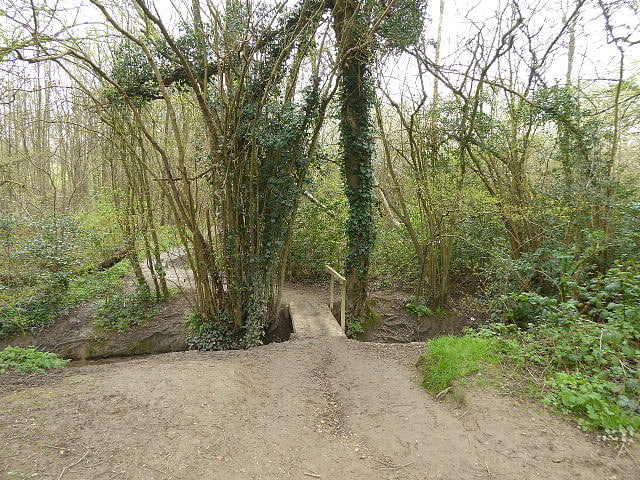
Nature reserve in England. Blunts Wood and Paiges Meadow is a 28.9-hectare Local Nature Reserve in Haywards Heath in West Sussex. It is owned and managed by Mid Sussex District Council.
This site has diverse habitats with a pond, wetland, hedgerows, grassland, birch woodland, hazel coppice, mixed coppice and bluebell woodland.
This site is open to the public and a footpath runs from Hatchgate Lane to Blunts Wood Crescent.[5]
St Wilfrid's Church
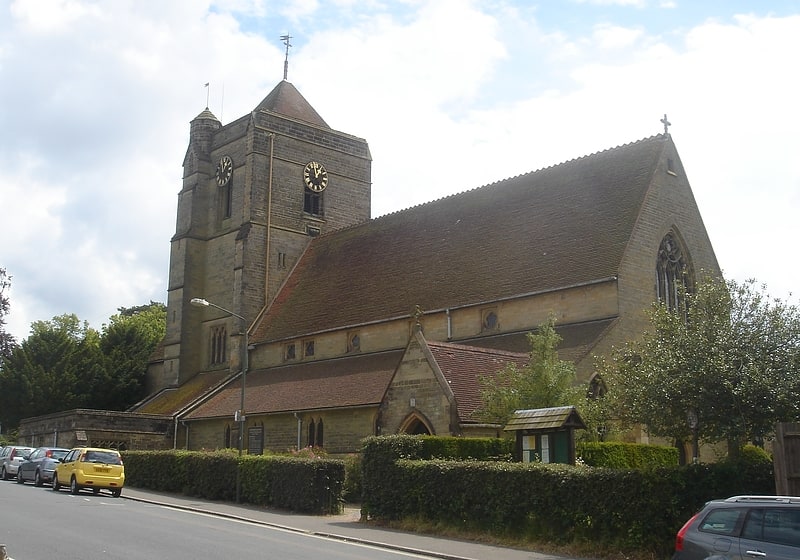
Church in Haywards Heath, England. St Wilfrid's Church is an Anglican church in the town of Haywards Heath in the district of Mid Sussex, one of seven local government districts in the English county of West Sussex. It is Haywards Heath's parish church, and is the mother church to two of the town's four other Anglican churches. Designed in the Decorated Gothic style by George Frederick Bodley, it was built between 1863 and 1865 as the town began to grow rapidly, and stands in a prominent position on the highest ground in the area. English Heritage has listed it at Grade II* for its architectural and historical importance.[6]
St Richard's Church
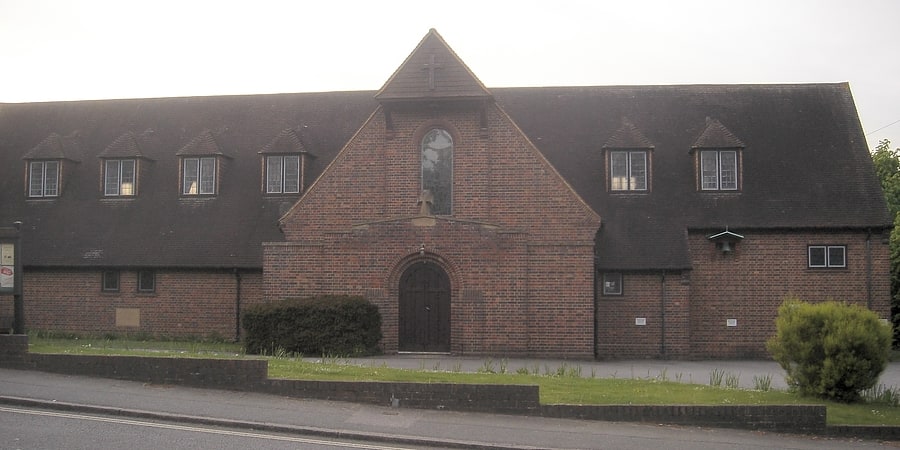
Place of worship in Haywards Heath, England. St Richard's Church is an Anglican church in the town of Haywards Heath in the district of Mid Sussex, one of seven local government districts in the English county of West Sussex. The present reinforced concrete and brick structure replaced a temporary building which was a daughter church to Haywards Heath's parish church, St Wilfrid's; the new church soon became parished in its own right to reflect the rapid population growth in the northern part of the town. English Heritage has listed the 1930s building at Grade II for its architectural and historical importance.[7]
Scrase Valley

The Scrase Valley is an 8-hectare Local Nature Reserve on the eastern outskirts of Haywards Heath in West Sussex. It is owned and managed by Mid Sussex District Council.
This site has grassland, woodland and marsh. There are a number of unusual plants, such as purple toothwort, marsh cinquefoil, meadow thistle and marsh speedwell. The Friends of The Scrase Valley have planted three black poplar trees, which is nationally rare.
There is access from a number points including a footpath from Barn Cottage Lane.[8]
Jireh Chapel
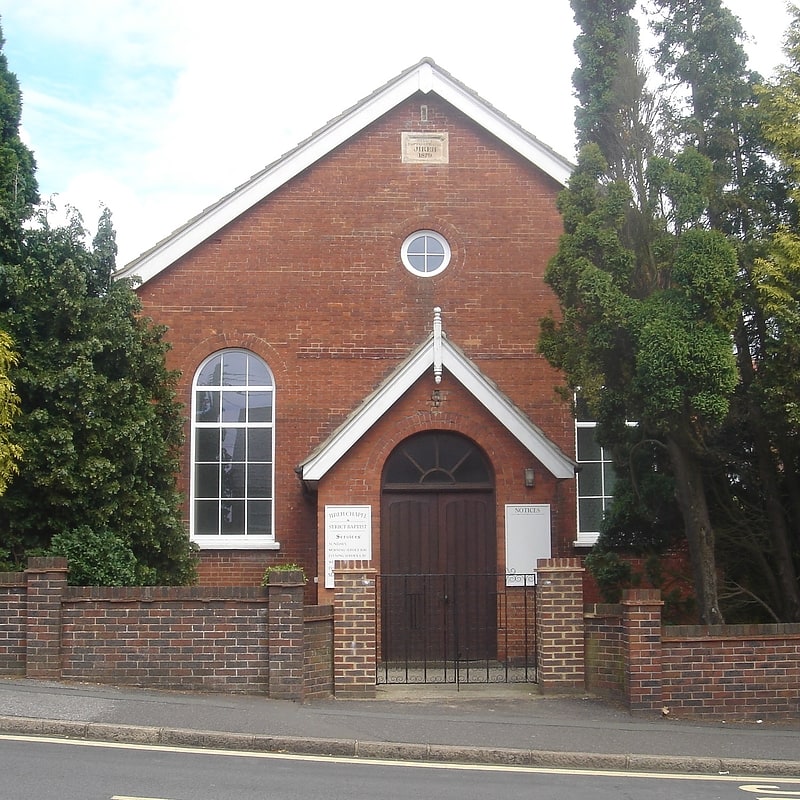
Church in Haywards Heath, England. The Jireh Chapel is a Strict Baptist place of worship in the town of Haywards Heath in the English county of West Sussex. The chapel was built in 1879.
Sussex has many 19th-century Independent and Baptist chapels in this Vernacular style: a tiled, gabled roof, porch, and red-brick walls with round-arched windows. This example was built in 1879 by William Knight, a horticulturist who was also the chapel's first pastor. It is a Gospel Standard movement chapel.[9]